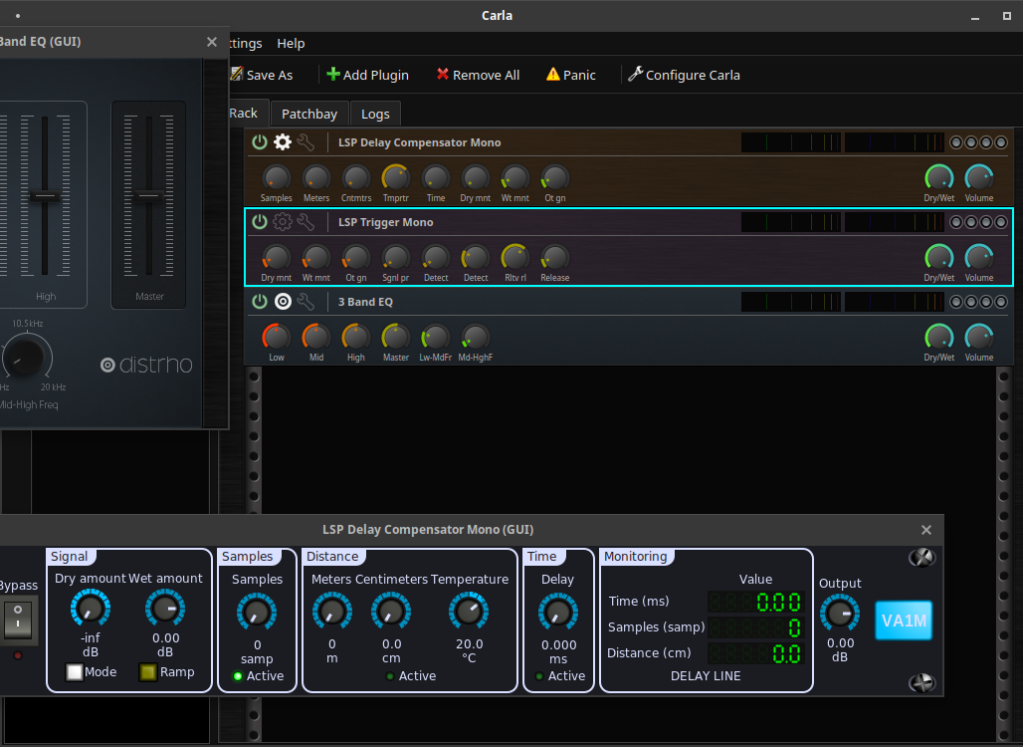The volunteer-run Ubuntu Studio isn’t just a great Linux distribution for beginners wanting to make music, visuals, and media. It’s a solid alternative to Mac and Windows you can easily dual boot.
Ubuntu Studio for a while had gone semi-dormant; open source projects need that volunteer support to thrive. But starting around 2018, it saw renewed interest. (Uh, maybe frustrations with certain mainstream OSes even helped.)
And that’s important for the Linux ecosystem at large. Ubuntu remains the OS distribution most targeted by mainstream developers and most focused on easy end user operation. That’s not to say it’s the best distro for you – part of the beauty of Linux is the endless choice it affords, rather than a one-size-fits-all approach. But because some package management focuses on Ubuntu (and Debian), because it’s the platform where a lot of the action is as far as consumer desktop OS features, and just because so many beginners are on the platform, it matters. Heck, you can usually get more novice-friendly advice just by Googling a problem and adding the word “Ubuntu” on the end.
But that’s all what you’d hope Ubuntu Studio would be. Let’s talk about what it is – because the latest distro release looks really terrific.
Ubuntu Studio 19.10 dropped last month. For those unOS familiar with Ubuntu – look closely at those numbers – that’s October 2019. Ubuntu alternates between long-term support (LTS) releases and more frequent releases with newer features. Crucially, the Ubuntu Studio team now add “backports” though so that you can use the newer packages on the LTS release – so you don’t have to constantly upgrade your OS just to get the latest features.
If you don’t mind doing the distro update, though, 19.10 has some really terrific features. I also have to say, as a musician the other appeal to me of Linux is, I can still use my main OS as the day-to-day OS, loaded down with lots of software and focusing on things like battery life, while maintaining a dual boot Linux OS both as a backup OS for live use and one I can optimize for low-latency performance. Now that Bitwig Studio, Renoise, VCV Rack, Pure Data, SuperCollider, and lots of other cool software to play live all run on Linux, that’s no small matter. (For visuals, think Blender, game engines, and custom code.)
New in this version:

OBS Studio is pre-configured right out of the box, for live streaming and screencasting.
There are tons of plug-ins ready-to use. 100 plug-ins were added to this release, on top of the ones already available. There are LADSPA, LV2, and VST plug-ins, and extensive support even for Window VSTs. For now, you even get 32-bit plug-in support, so using one of the LTS releases for backwards compatibility on a studio machine is a good idea.
Oh yeah, and while you should definitely move to 64-bit, plug-in developers – targeting Linux now makes sense, without question. And Ubuntu Studio would be a logical distro against which to test or even provide support.
RaySession now makes handling audio sessions for apps easier.
Ubuntu Studio Controls is improved. This won’t make sense to Linux newcomers, but especially for those of you who tried Ubuntu in the past and maybe even got frustrated – Ubuntu Studio has done a lot of work here. Ubuntu Studio Controls and the pre-configured OS now make things work sensibly out of the box, with powerful controls for tweaking things as you need. And yeah, this was indeed sometimes not the case in the past. The trick with Linux – ironically just as on Windows and sometimes even macOS – is that different applications have competing needs for what audio has to do. Ubuntu Studio does a good job of juggling the consumer audio needs with high-performance inter-app audio and multichannel audio we need for our music stuff.
Anyway, new in this build:
- Now includes an indicator to show whether or not Jack is running
- Added Jack backend selections: Firewire, ALSA, or Dummy (used for testing configurations)
- Added multiple PulseAudio bridges
- Added convenient buttons for starting other configuration tools
That’s just a quick look; you can read the release notes:
I’m installing 19.10 (rather than LTS and backports, though I might do that on an extra machine), as I’m in a little lull between touring. VCV Rack is part of my live rig, as is SuperCollider or Pd for more experimental gigs, so you can bet I’m interested here. I’ll be sure to share how this works and provide a beginner-friendly guide.
For more on how this works: